opening hours
Monday closed
Tuesday to Sunday 11 am – 7 pm
Monday 8 December 11 am > 7 pm
Wednesday 24 December 11 am > 4:30 pm
Thursday 25 December closed
Wednesday 31 December 11 am > 4:30 pm
Thursday 1 January 11 am > 7 pm
Monday 5 January 11 am > 7 pm
Tusday 6 January 11 am > 7 pm
- full price € 15 at the box office - € 14 online
- reduced price € 12 at the box office - € 11 online
– for young people aged between 18 and 25 (not yet turned 25);
– for groups of 15 people or more;
– La Galleria Nazionale, Museo Ebraico di Roma ticket holders;
– upon presentation of ID card or badge: Accademia Costume & Moda, Accademia Fotografica, Biblioteche di Roma, Centro Sperimentale di Cinematografia, Enel (for badge holder and accompanying person), FAI Fondo Ambiente Italiano, Feltrinelli, Gruppo FS, IN/ARCH Istituto Nazionale di Architettura, Sapienza Università di Roma, LAZIOcrea, Palazzo delle Esposizioni, Amici di Palazzo Strozzi, Accademia Nazionale di Santa Cecilia, Scuola Internazionale di Comics, Teatro Olimpico, Teatro dell’Opera di Roma, Teatro di Roma, Università degli Studi di Roma Tor Vergata, Youthcard; - open € 18
valid for one year from the date of purchase
- free
– minors under 18 years of age;
– myMAXXI cardholders;
– on your birthday presenting an identity document;
– upon presentation of EU Disability Card holders and or accompanying letter from hosting association/institution for: people with disabilities and accompanying person, people on the autistic spectrum and accompanying person, deaf people, people with cognitive disabilities and complex communication needs and their caregivers, people with serious illnesses and their caregivers, guests of first aid and anti-violence centres and accompanying operators, residents of therapeutic communities and accompanying operators;
– MiC employees;
– journalists who can prove their business activity;
– European Union tour guides and tour guides, licensed (ref. Circular n.20/2016 DG-Museums);
– 1 teacher for every 10 students;
– AMACI members;
– CIMAM International Committee for Museums and Collections of Modern Art members;
– ICOM members;
– from Tuesday to Friday (excluding holidays) European Union students and university researchers in art history and architecture, public fine arts academies (AFAM registered) students and Temple University Rome Campus students;
– IED Istituto Europeo di Design professors, NABA Nuova Accademia di Belle Arti professors, RUFA Rome University of Fine Arts professors;
– upon presentation of ID card or badge: Collezione Peggy Guggenheim a Venezia, Castello di Rivoli Museo d’Arte Contemporanea, Sotheby’s Preferred, MEP – Maison Européenne de la Photographie;
Robert Wilson. Mother
- ticket € 5
limited seating; it is mandatory to arrive at the infopoint 15 minutes before the start time indicated on the ticket; the experience lasts approximately 45 minutes
- Mother + Museum ticket € 17
limited seating; it is mandatory to arrive at the infopoint 15 minutes before the start time indicated on the ticket; the experience lasts approximately 45 minutes
Collection
MAXXI’s Collection of Art and Architecture represents the founding element of the museum and defines its identity. Since October 2015, it has been on display with different arrangements of works.








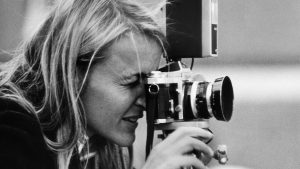

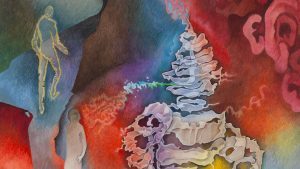
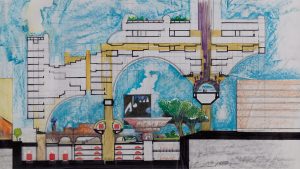
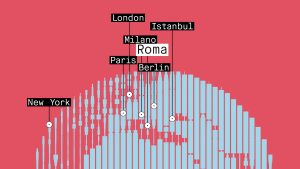

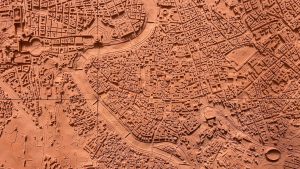


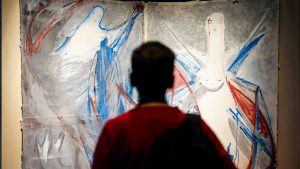
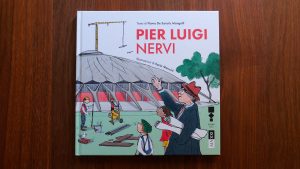


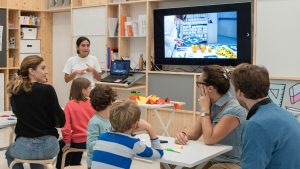


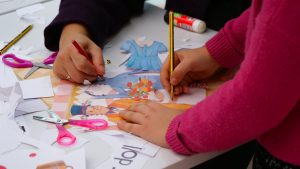






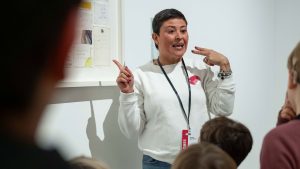



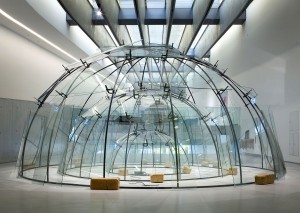
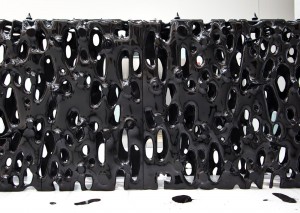
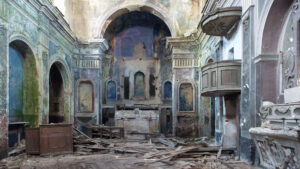


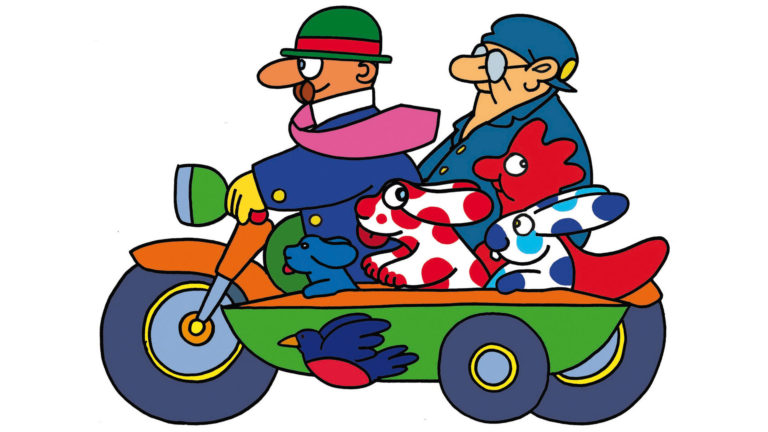
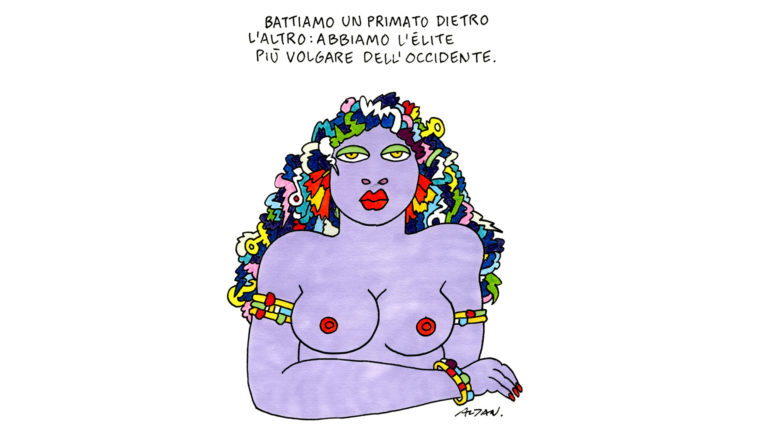
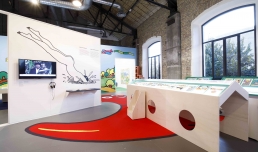
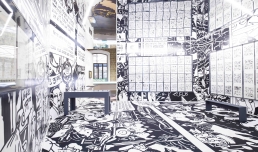
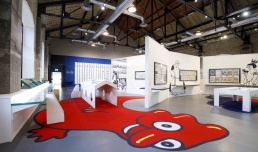
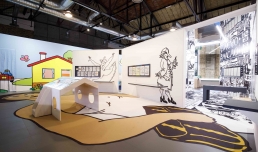
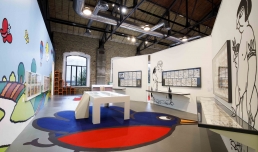
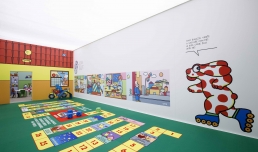
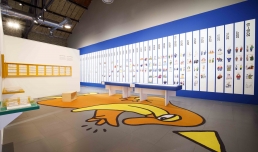
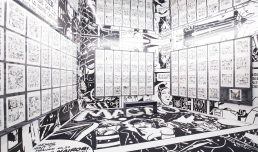
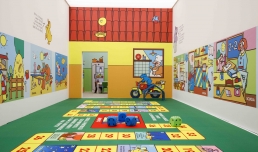
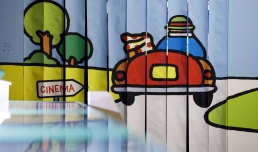
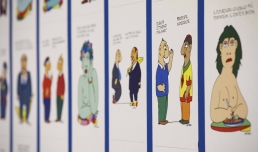
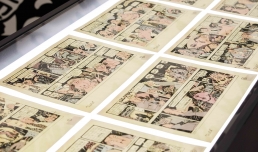
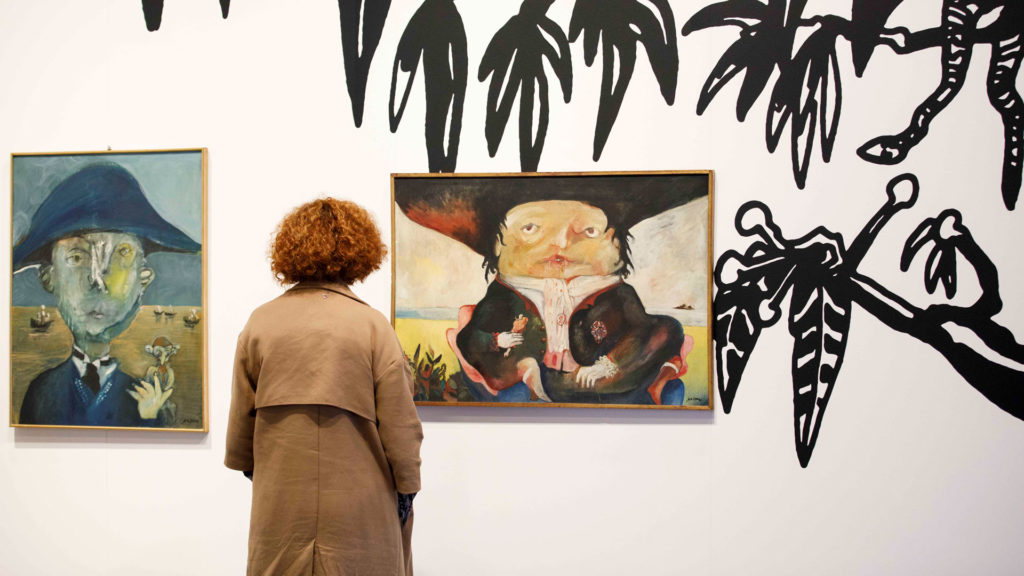
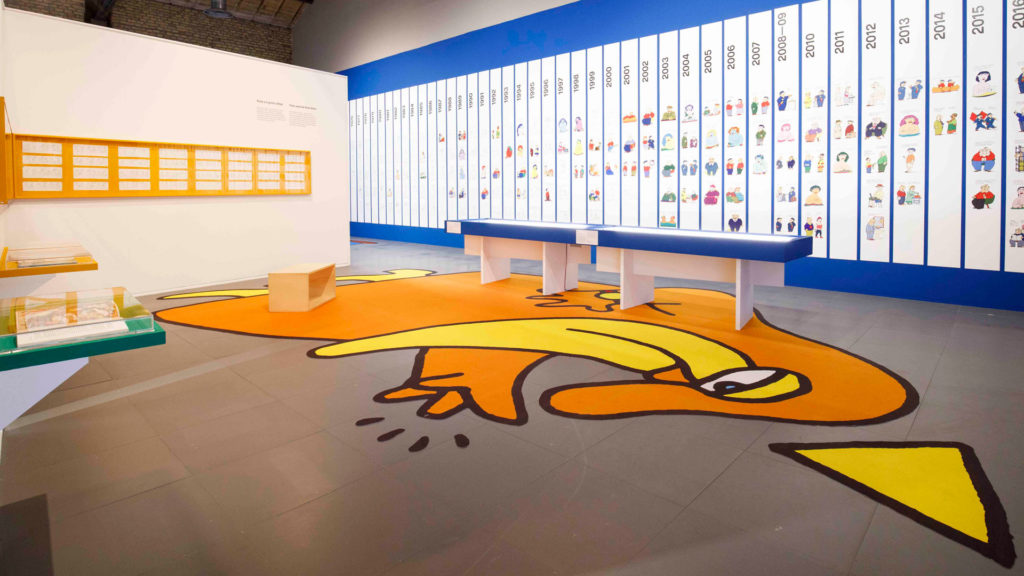
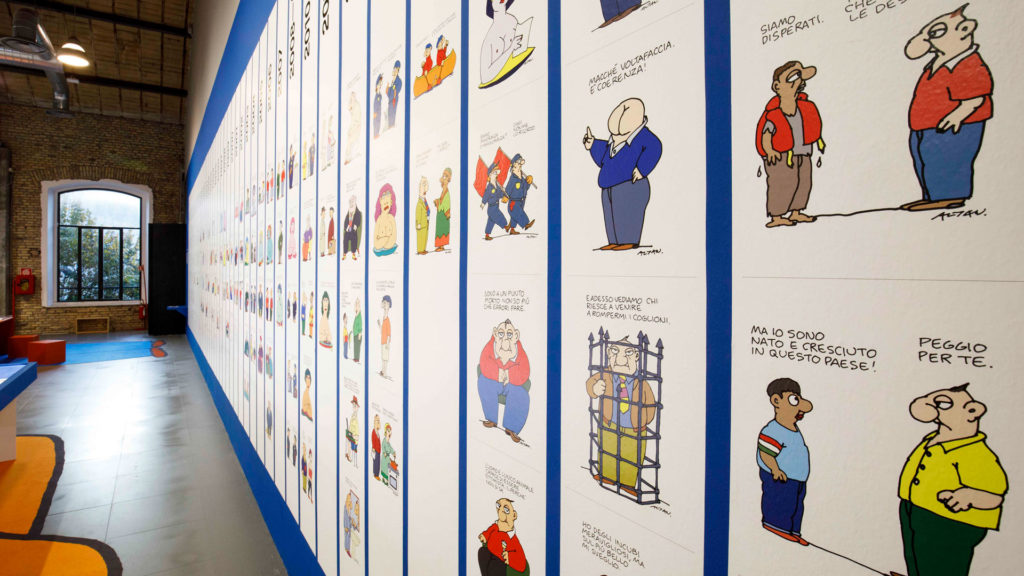
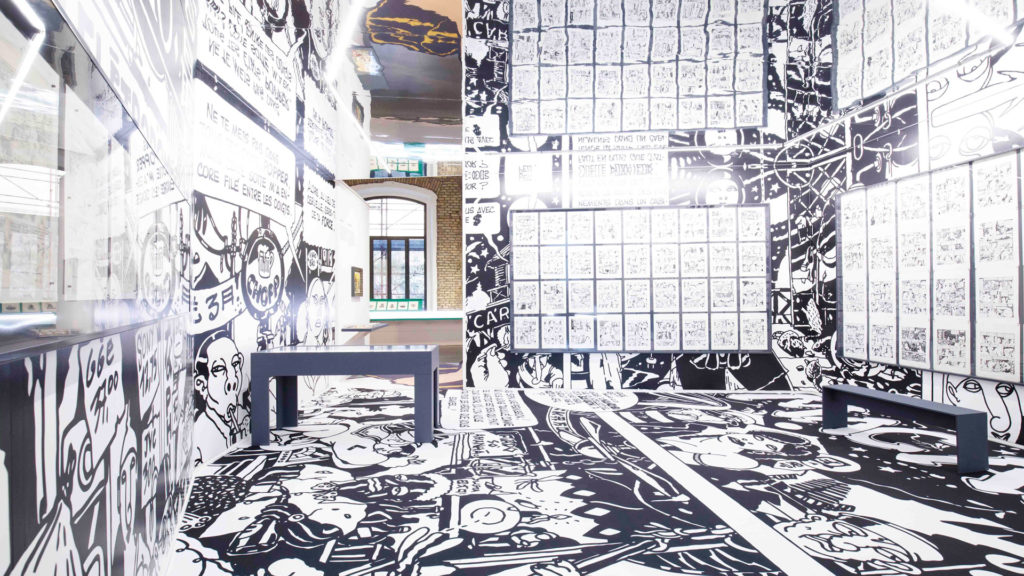
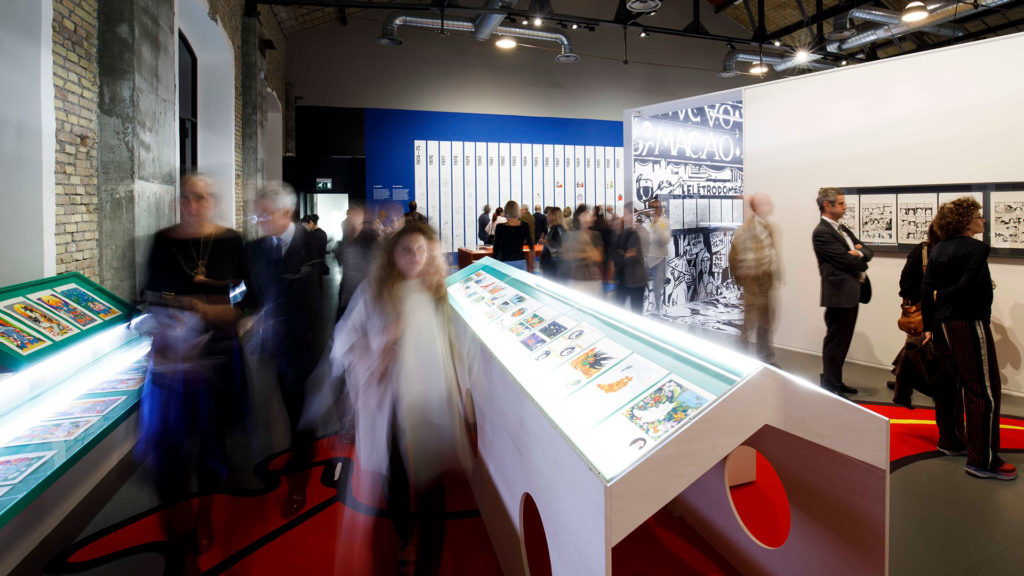
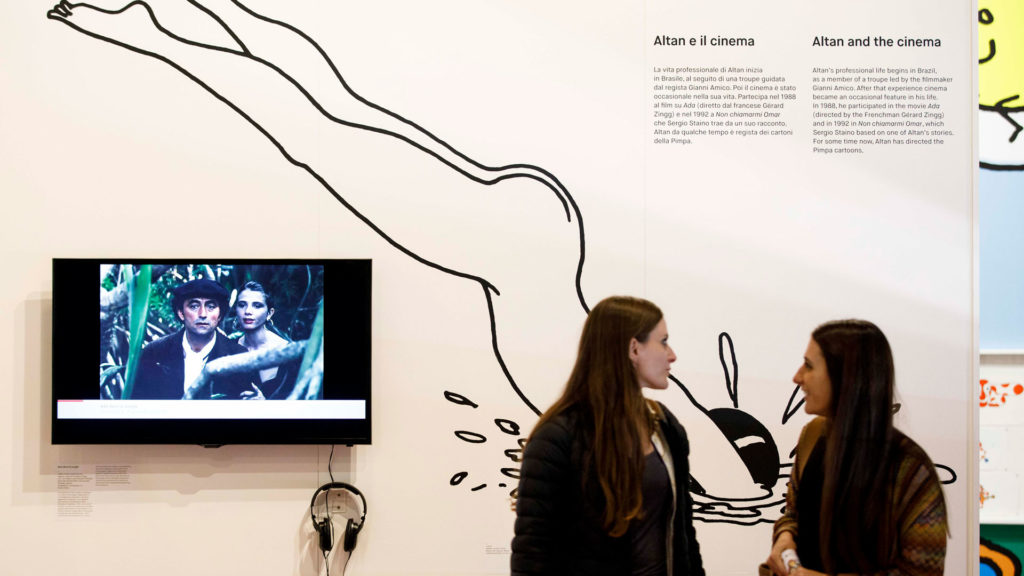
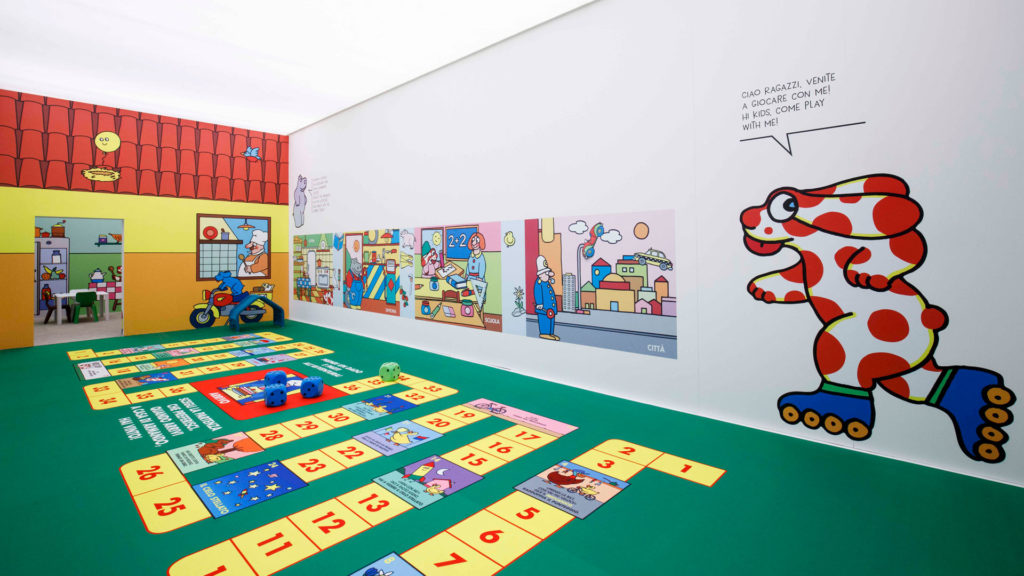

a cura di Anne Palopoli e Luca Raffaelli
Extra MAXXI
La chiusura della mostra è stata prorogata al 13 aprile 2020.
Tutto il mondo di Altan raccontato attraverso disegni originali, poster, illustrazioni, quadri, schizzi, tavole, libri e filmati.
Altan è protagonista di una grande mostra al MAXXI, realizzata in coproduzione con Fondazione Solares e Franco Cosimo Panini Editore, a cura di Anne Palopoli e Luca Raffaelli. Una ricognizione completa per raccontare, in un percorso articolato, tutto il suo lavoro tra disegni originali, poster, illustrazioni, quadri, schizzi, tavole, libri e filmati.
Quello di Altan è un mondo in cui il dubbio si rivela come l’unica grande certezza possibile, in cui i grandi miti della storia vengono ribaltati e l’umanità cerca di galleggiare nel disordinato mare della vita. Ci salva una cagnolina che, forte della propria voglia di conoscenza, sorride di fronte alle meraviglie dell’universo.
I personaggi di Altan sono tutti liberi pensatori, così liberi da poter confessare a sé stessi e al mondo anche il proprio desiderio di autodistruzione. Ma il loro pensiero è sempre una rivelazione, è quello che stavamo per dire, che avevamo sulla punta della lingua. Altan ce lo rivela con sorprendente lucidità. Come se fosse sempre un passo avanti a noi.
Ecco finalmente la mostra completa di un autore capace di muoversi agilmente tra disegni dedicati all’infanzia e fumetto d’avventura, tra romanzi illustrati e filmati di animazione, tra vignette e sceneggiature.
Ogni weekend, le educatrici museali accompagnano bambini e adulti a partecipare a I giochi di Pimpa presenti in mostra: la tombola, il memory, il gioco dell’oca e i libri illustrati della Pimpa e l’Armando.
Accompagna la mostra un catalogo edito da Franco Cosimo Panini.
Foto © Altan, Quipos
SECTIONS
Altan before Altan
Trino and the first Altan
The cartoons
Feuilletons
Altan the illustrator
Altan and cinema (and cartoons)
Pimpa and her friends